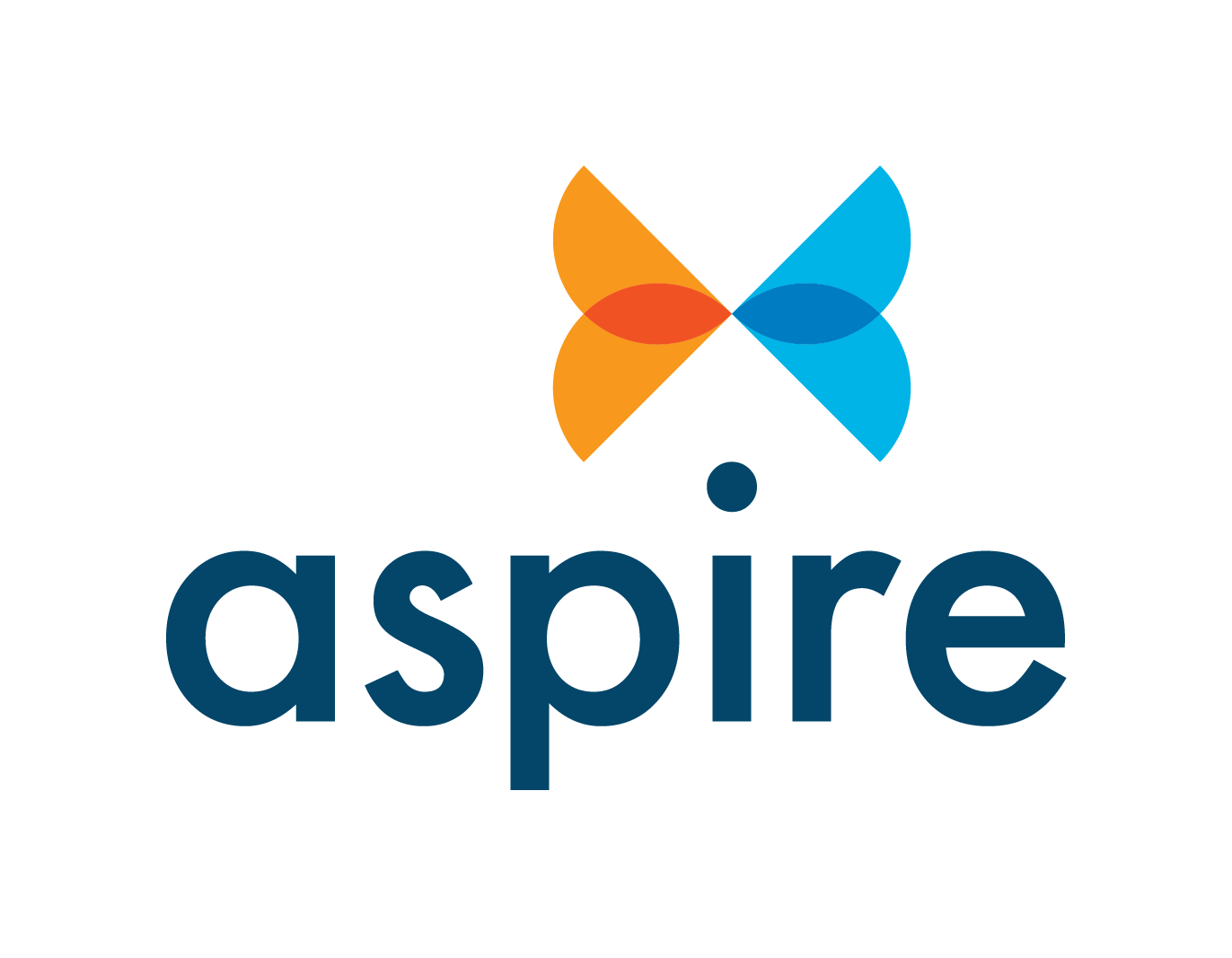Ready to Learn
At Aspire, we believe learning turns obstacles into opportunities.
Every day, we walk alongside our students as they make the brave decision to change their lives.
From learning English or earning a GED, to balancing a family bank account or preparing for careers, our students face challenges with confidence. Because when you are ready to learn, there’s no obstacle you can’t overcome.
English as a Second Language
When your communication skills increase there are more ways to engage with others.
GED Preparation
We create a community of learners just like you as you increase your knowledge and prepare for exams.
Foundations
Adults who have a second chance to learn in a supportive and encouraging environment can face the world with the knowledge and resources they need to succeed.
Workforce Training
Gaining certifications in high-growth fields provides access to readily available jobs that will improve your and your family’s future.
Early Childhood Education and Family Literacy
Aspire’s Family Literacy program develops families that learn together as they meet their educational goals.

“Thanks to Aspire, my classmates and I are reaching our goals and improving our lives.”
- CLAUDIA SANABRIA























